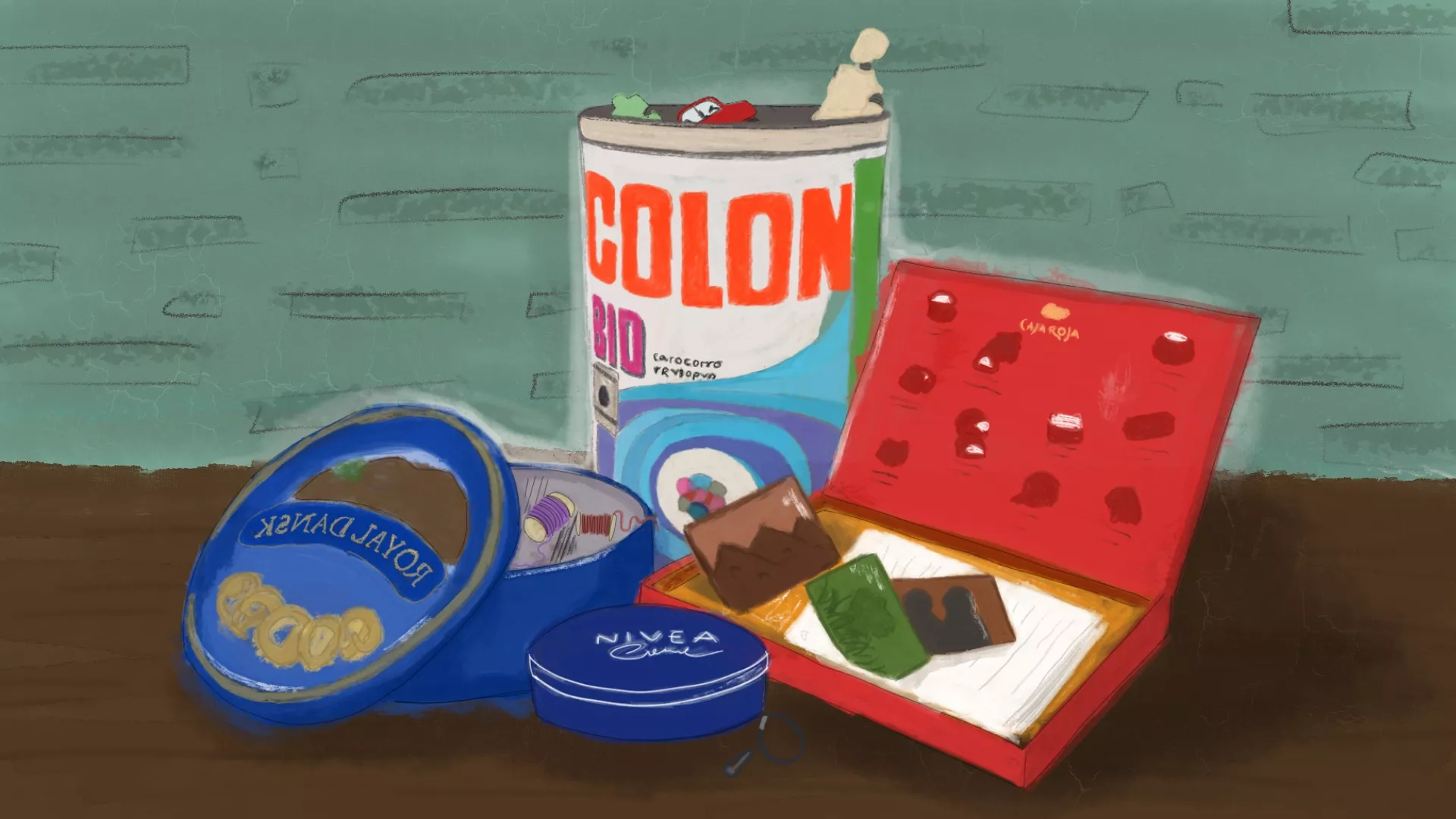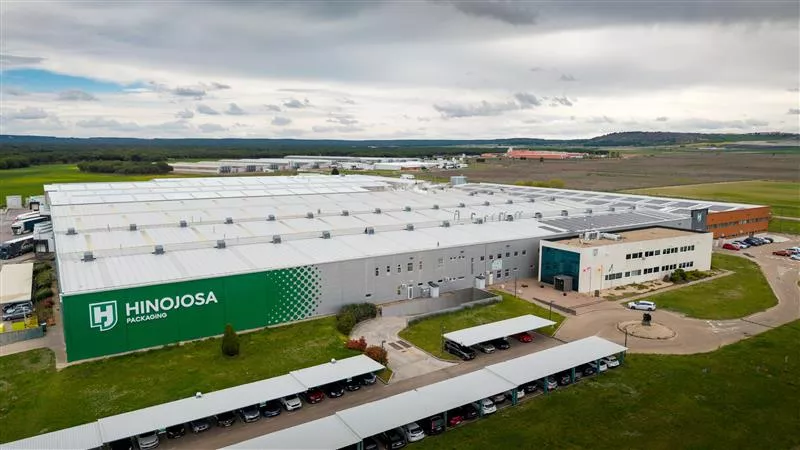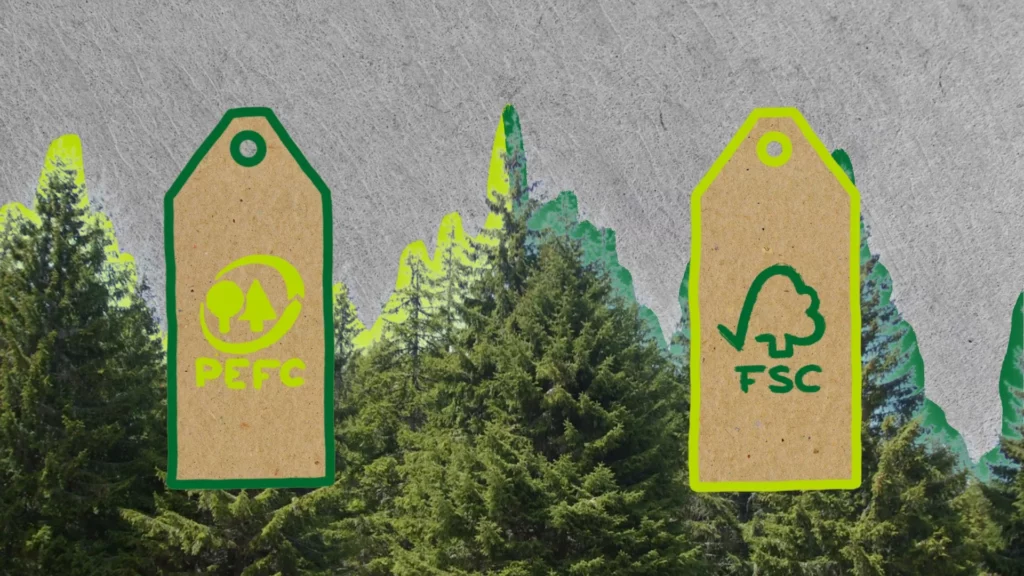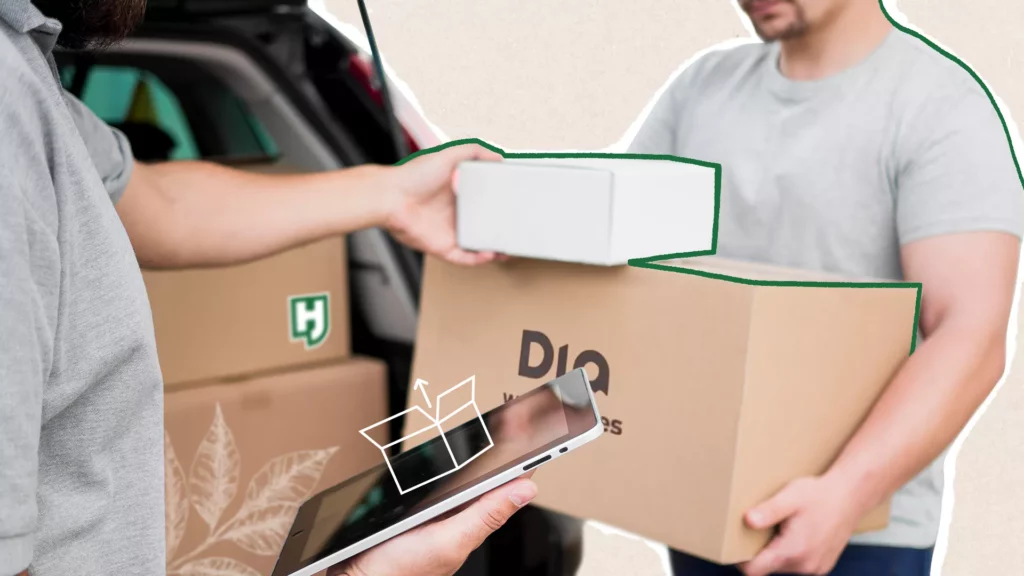The packaging of many consumer products, particularly food and cleaning products, began with eminently practical designs: “I need to store a certain amount of this in the easiest way possible to stock and transport it for my customers “. Later, packaging became a marketing tool, making the brand recognisable and even associating it with its characteristics. This has been a challenge for designers, leading to some apparently simple pieces of packaging becoming museum pieces.
However, did you realise that an artwork is incomplete until it has been seen by its audience, be it a film viewer or a museum visitor? Many types of packaging are legendary because of the new uses found by consumers at home, when they decide that such a packaging endeavour did not deserve to end up in the bin or recycling after fulfilling its original purpose.
The Danish biscuit tin turned into a sewing box
Let’s start with the classics. We associate them with our grandmas, but you are not a functional adult until you have reused one of the legendary butter cookie tin boxes to store needles, thread, scraps, a thimble, and of course a patch from a pair of jeans that ends up fixing up another pair. The most famous is the Royal Dansk blue box, created in 1966 with the purpose of exporting biscuits to the farthest corners of the earth without breaking them. This is no joke, search a little and you will discover that grandmas have used the Danish sewing boxes in countries as far away as the Philippines, Chile and the USA. There are internet forums dedicated exclusively to them. Even the brand, on their Instagram account, suggests uses for the box once the biscuits have been eaten.
The “Colón” detergent container for kids
For some designers it is an ingenious example of multifunctionality. Cylindrical, without edges, made of cardboard, yet very resistant… perfect for a child’s bedroom, where they can handle it without worrying about getting hurt, because of its lightweight nature. It could be a toy box or a tool box, but then it became a toy itself: an engine, a rocket, or a car…
The optimization of modern storage in transport and supermarkets put an end to this sensation because rectangular designs make better use of space; however, it is still possible to buy some in good condition online for just 10 euros.
Nestlé’s Red Box, from luxury to the entryway dresser
The Red Box was born as a marketing element, linking the gift to special occasions and to a certain sense of luxury. The well-known Swiss brand created the box to differentiate it from more “everyday” Nestlé Chocolates. But it did not stop there. Although the type of cardboard and the size do not allow for as many functions as the Colón container, many red boxes have become the guardians of paperwork, photo albums and all other types of documents that fit into the space.
The blue Nivea tin that stays in the bathroom
In its original form, back in 1911, it wasn’t blue, rather it had Art Nouveau decorations, demonstrating its status as a luxury product. From the 1920s onwards it turned blue and became so popular that, when the brand redesigned its logo in 2013, it did so by adopting its round design and blue colour. The key is that this shape, designed to carry the famous moisturising cream found in many homes, was so practical that many tins have ended up as soap dishes and containers for all other types of hygiene product, found in showers and toilets across the world.



